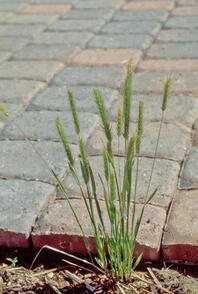
Many people mistake little barley (Hordeum pusillum) for a little foxtail because the foxtail and little barley seedheads are similar. However, little barley is a winter annual that comes up in September - October and spends the winter as a small plant. It thrives in the cooler spring temperatures, forms seed heads and dies out usually by July. Foxtail, on the other hand, is a summer annual that does well in hot weather. Also, foxtail will not produce seedheads until mid- to late-summer.
Now is the time to control it for next year. The best control for little barley is a thick lawn that is mowed high enough that sunlight does not hit the soil. Little barley seed will not germinate in such conditions. Overseeding now can thicken up a tall fescue lawn and prevent a little barley infestation. However, if you do not plan to overseed, preemergence herbicides can be used to provide at least partial control of this weed.
The only preemergence herbicide that I know is labeled specifically for little barley is Surflan. It is also sold under the name of Weed Impede by Monterey Lawn and Garden. Surflan can only be used on warm-season grasses (bermudagrass, buffalograss, zoysiagrass) and tall fescue grown in warm-season areas such as Kansas. However, Dimension (dithiopyr), is labeled for barley (Herodium spp.) which would include little barley and therefore can be used to keep this weed under control. Because little barley is a winter annual, apply the preemergence herbicide now September and water in to activate. If overseeding, do not apply any preemergence herbicide as it will interfere with the germination of tall fescue. (Ward Upham)
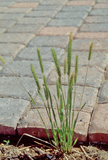
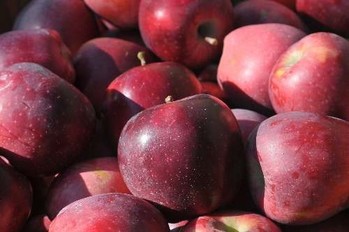
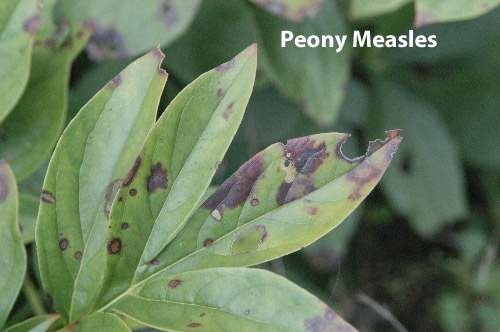
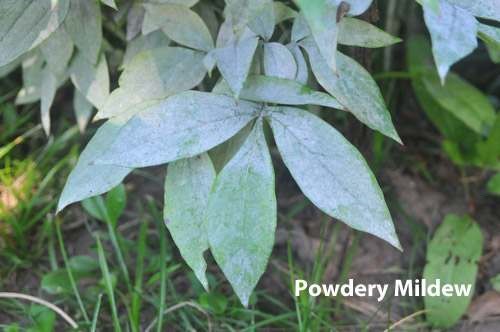
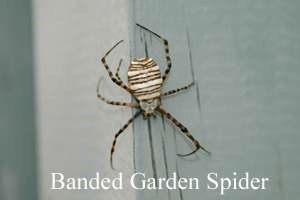
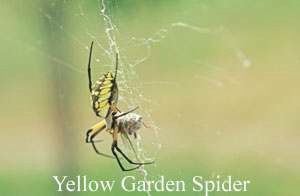
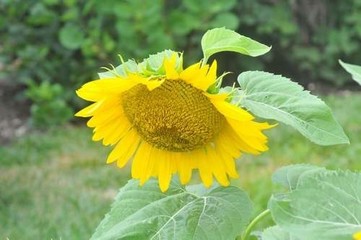
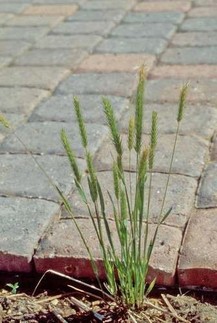
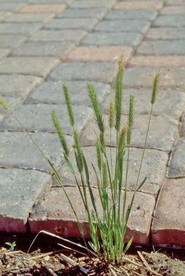
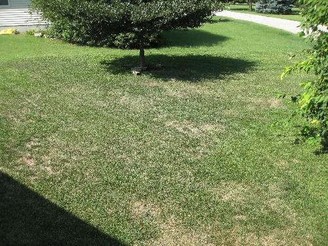
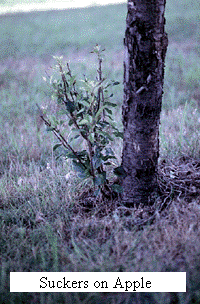
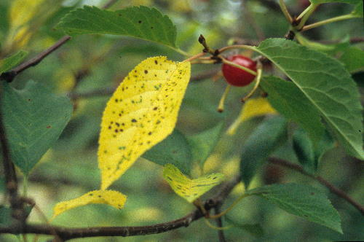
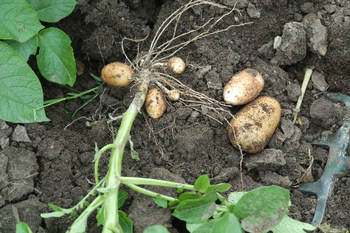
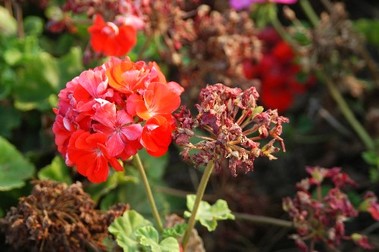
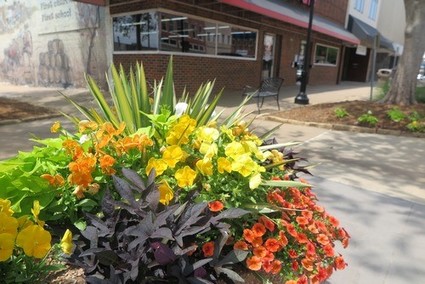
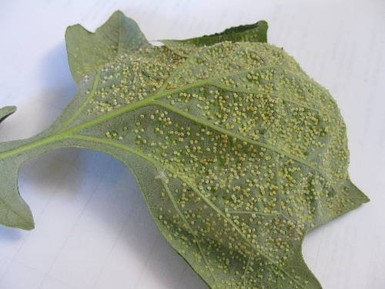
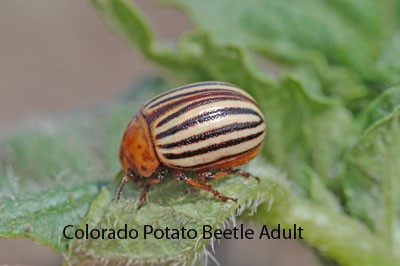
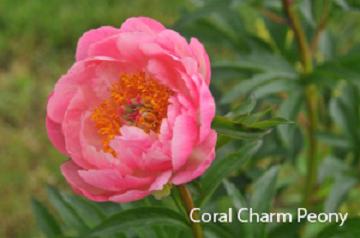
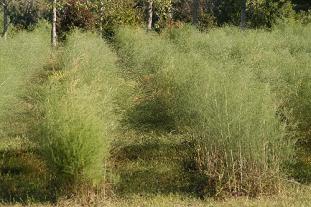
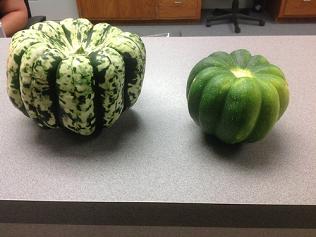
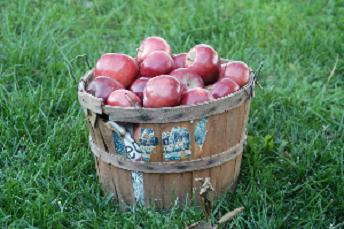
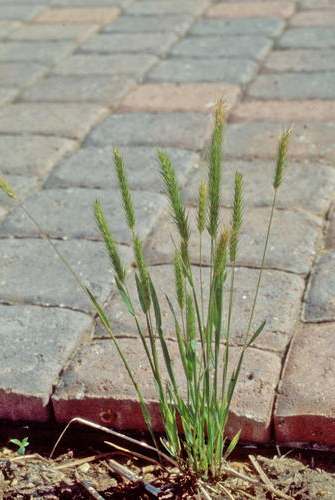
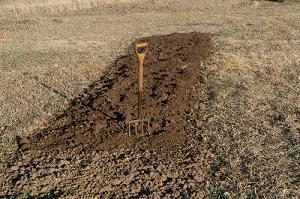
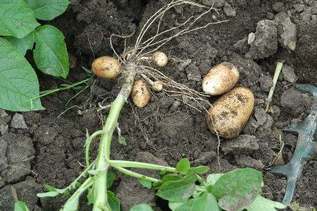
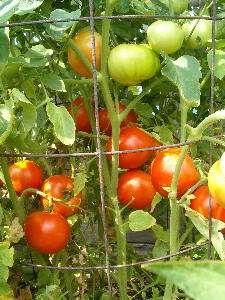
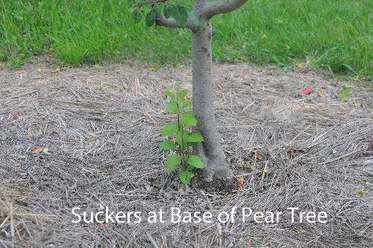
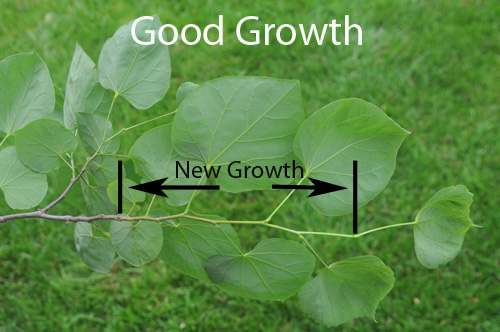
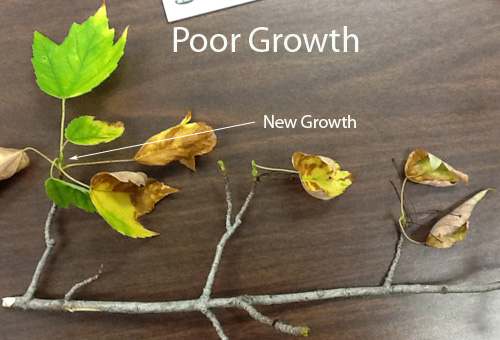
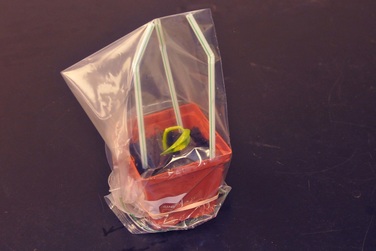
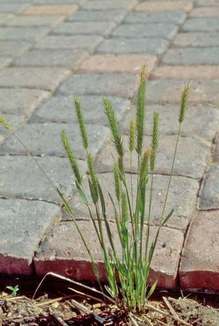
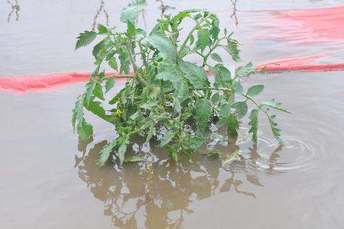
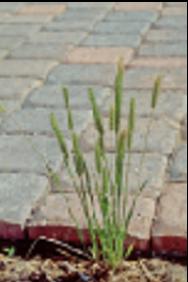
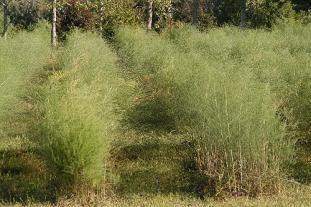
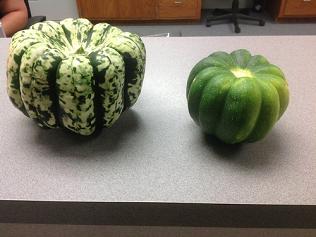
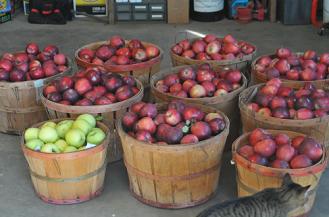
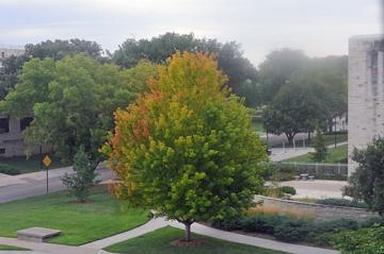
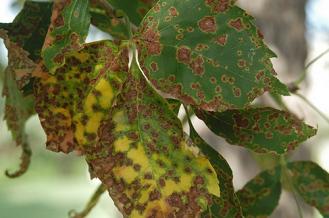
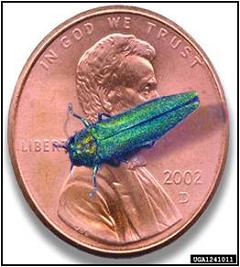
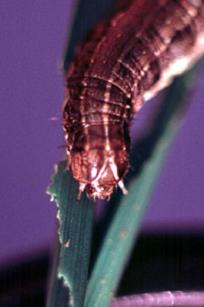
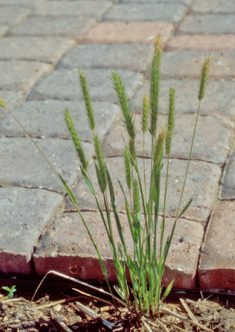
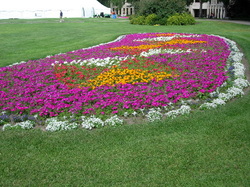
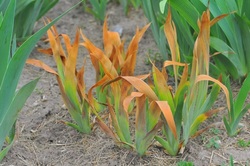
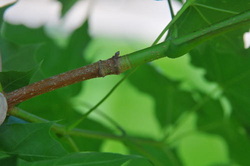
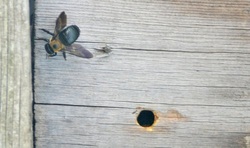
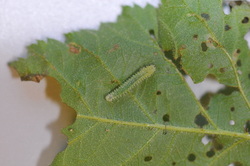
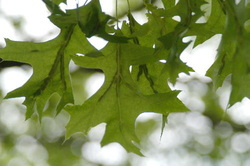
 RSS Feed
RSS Feed
